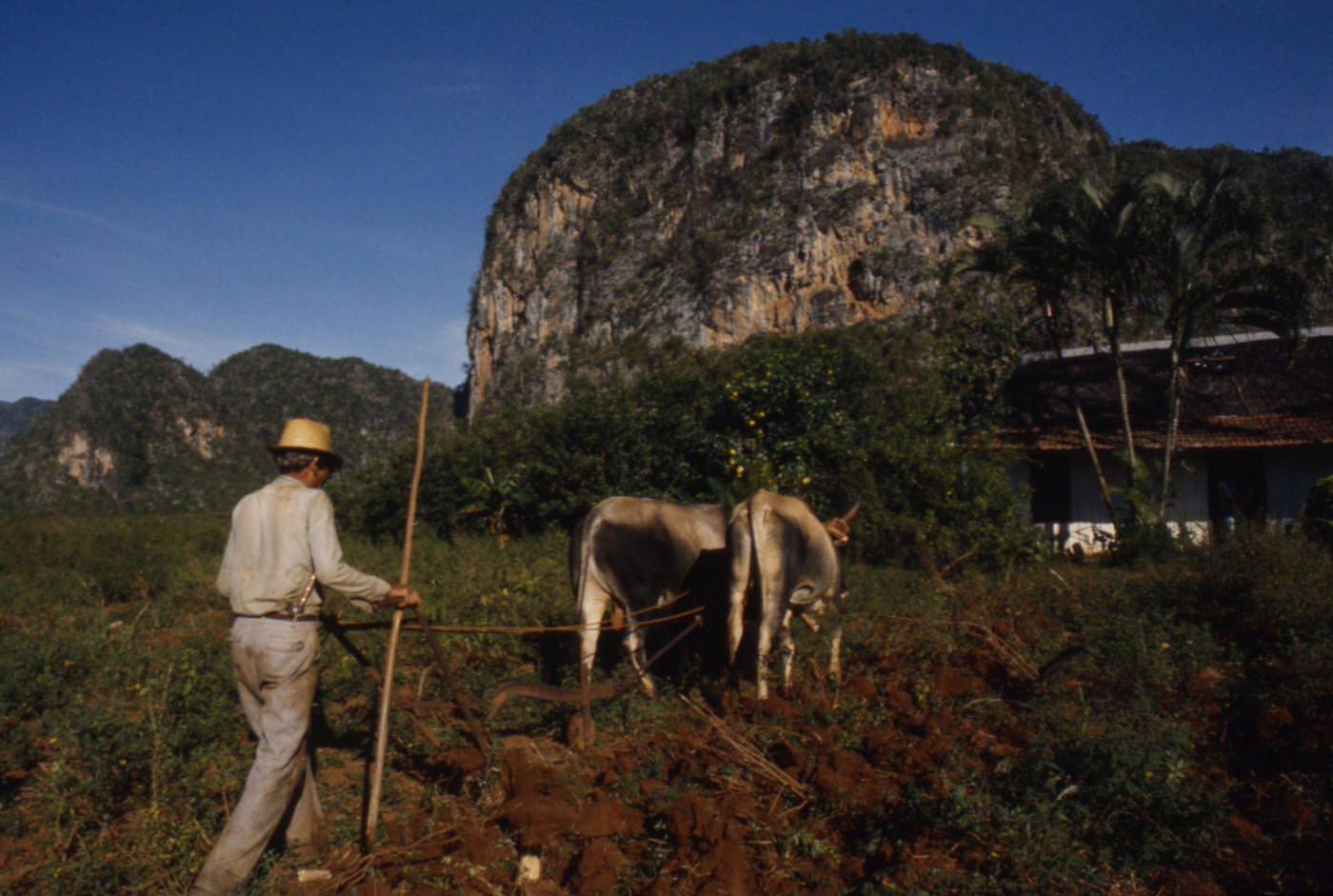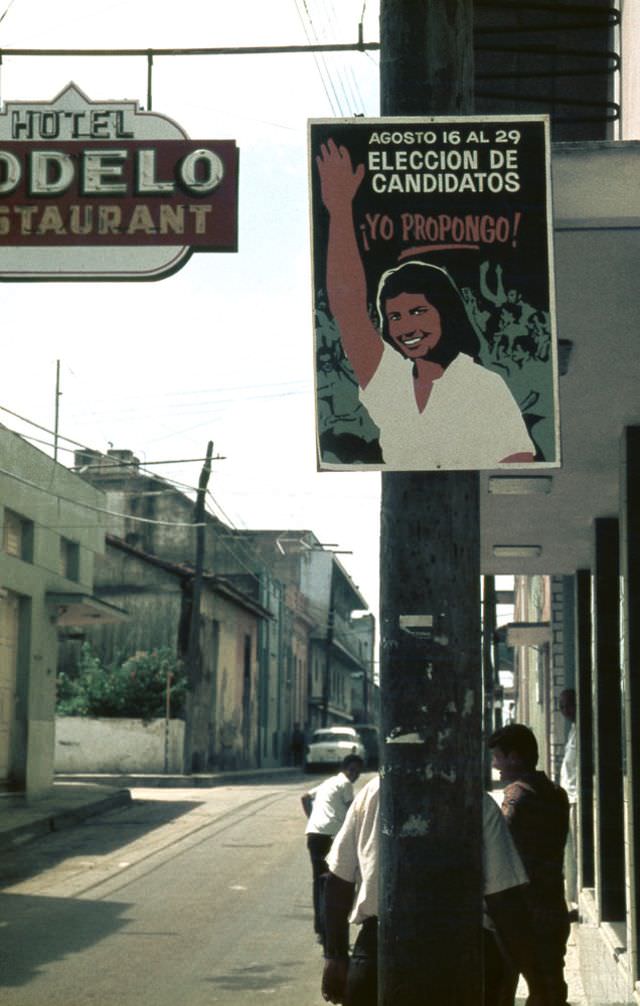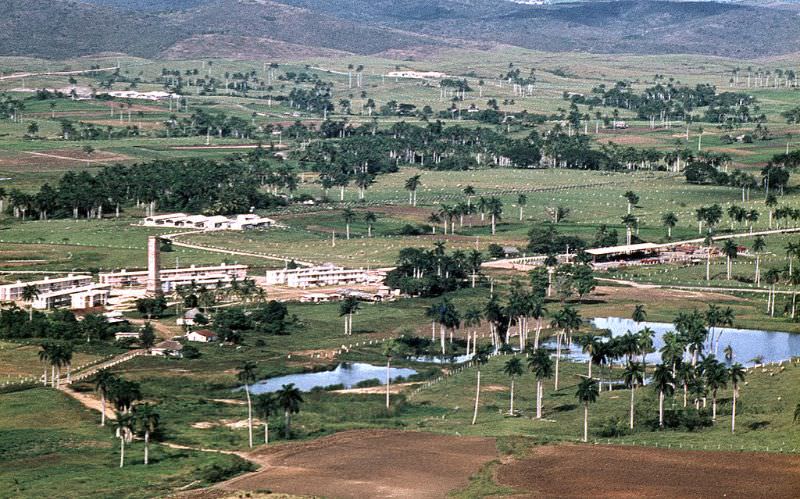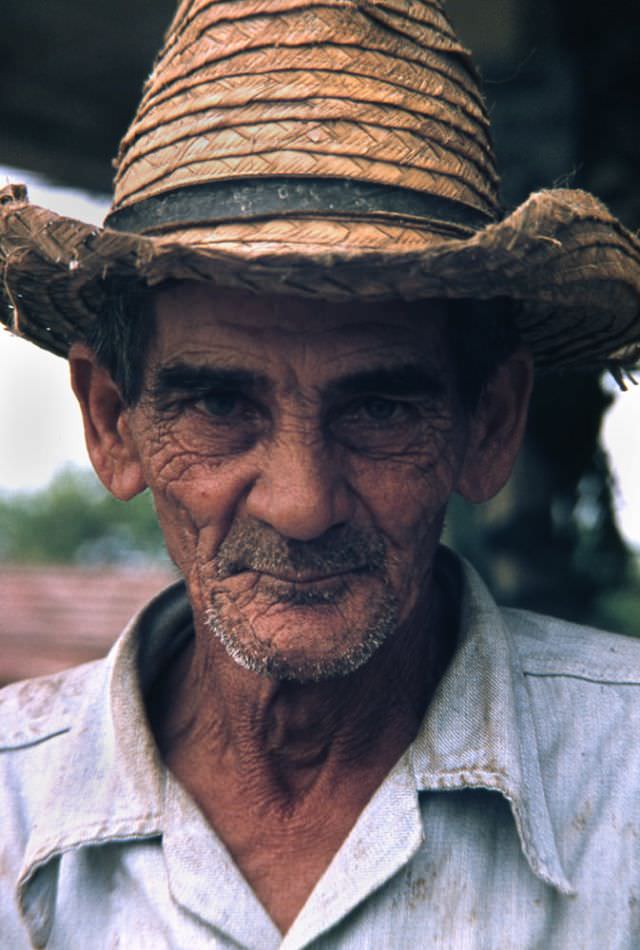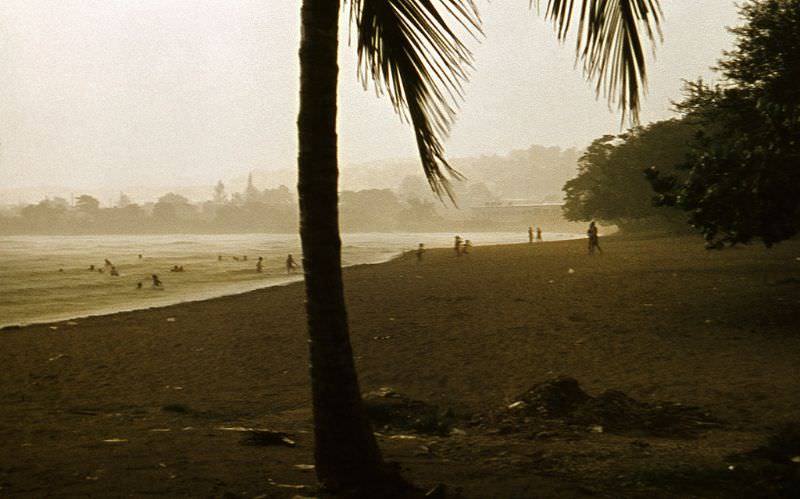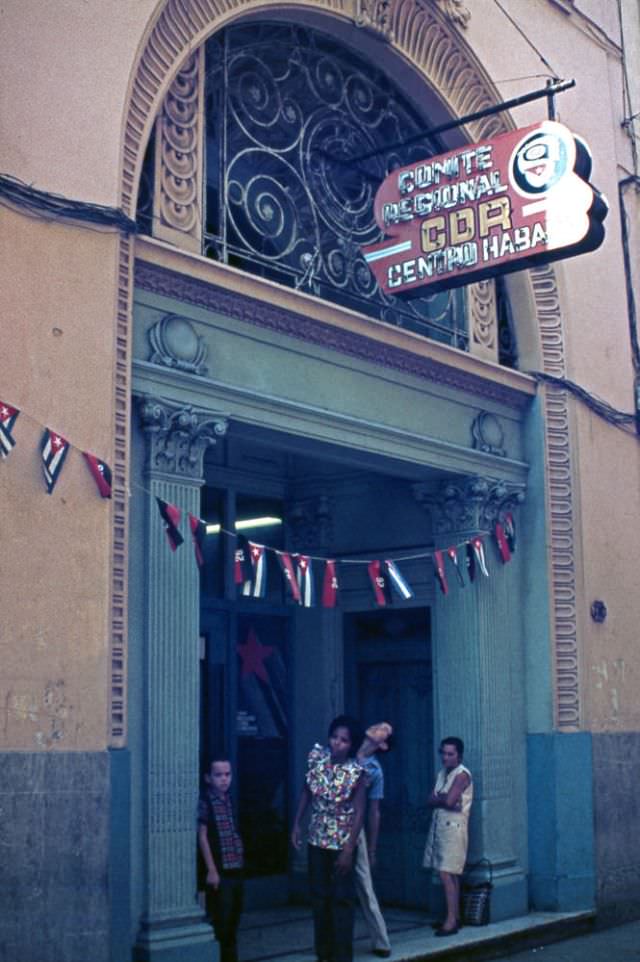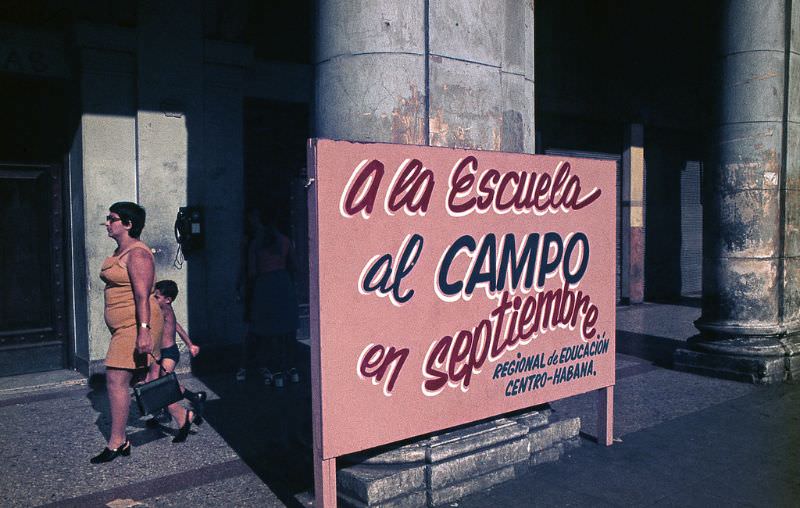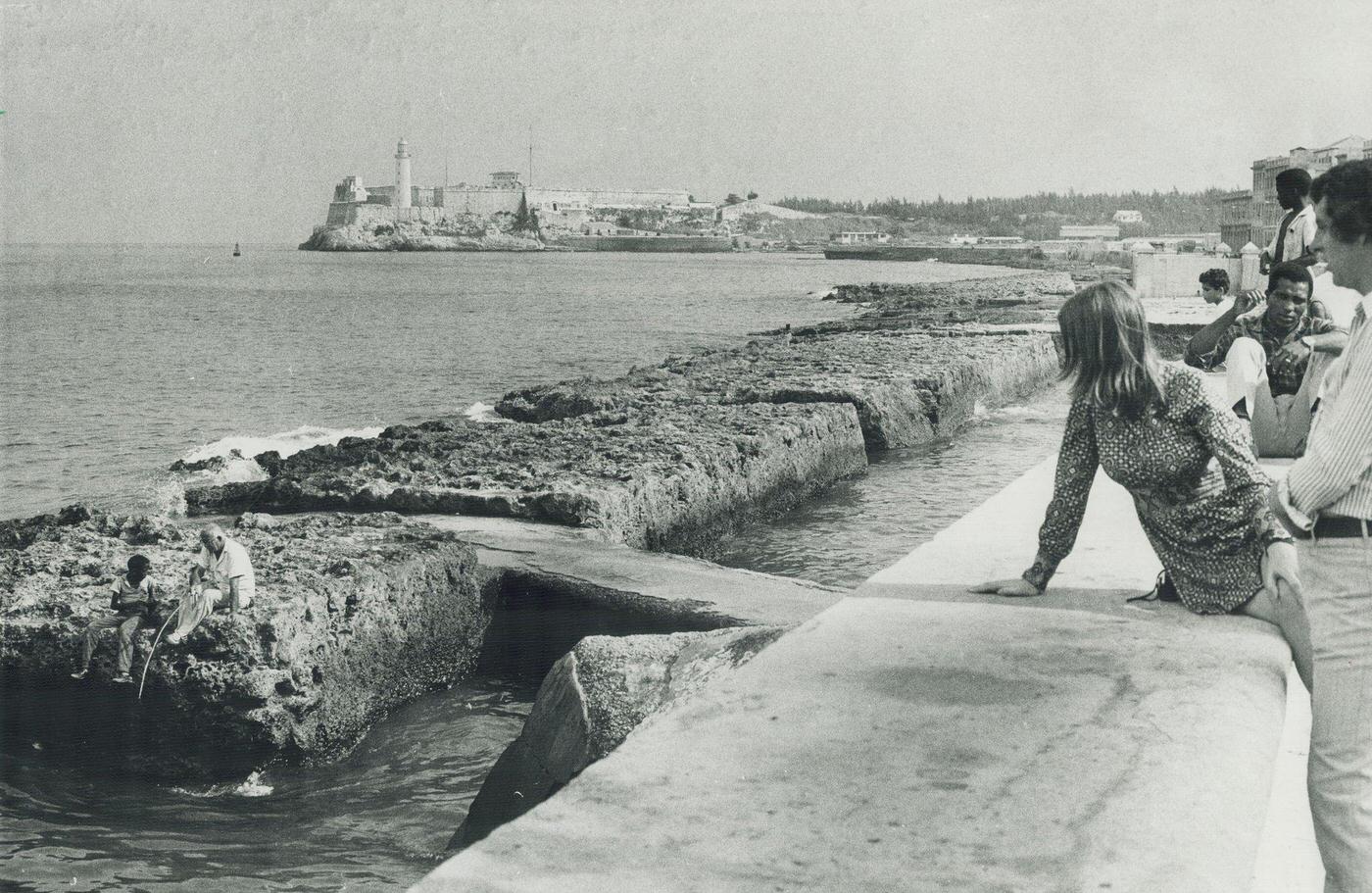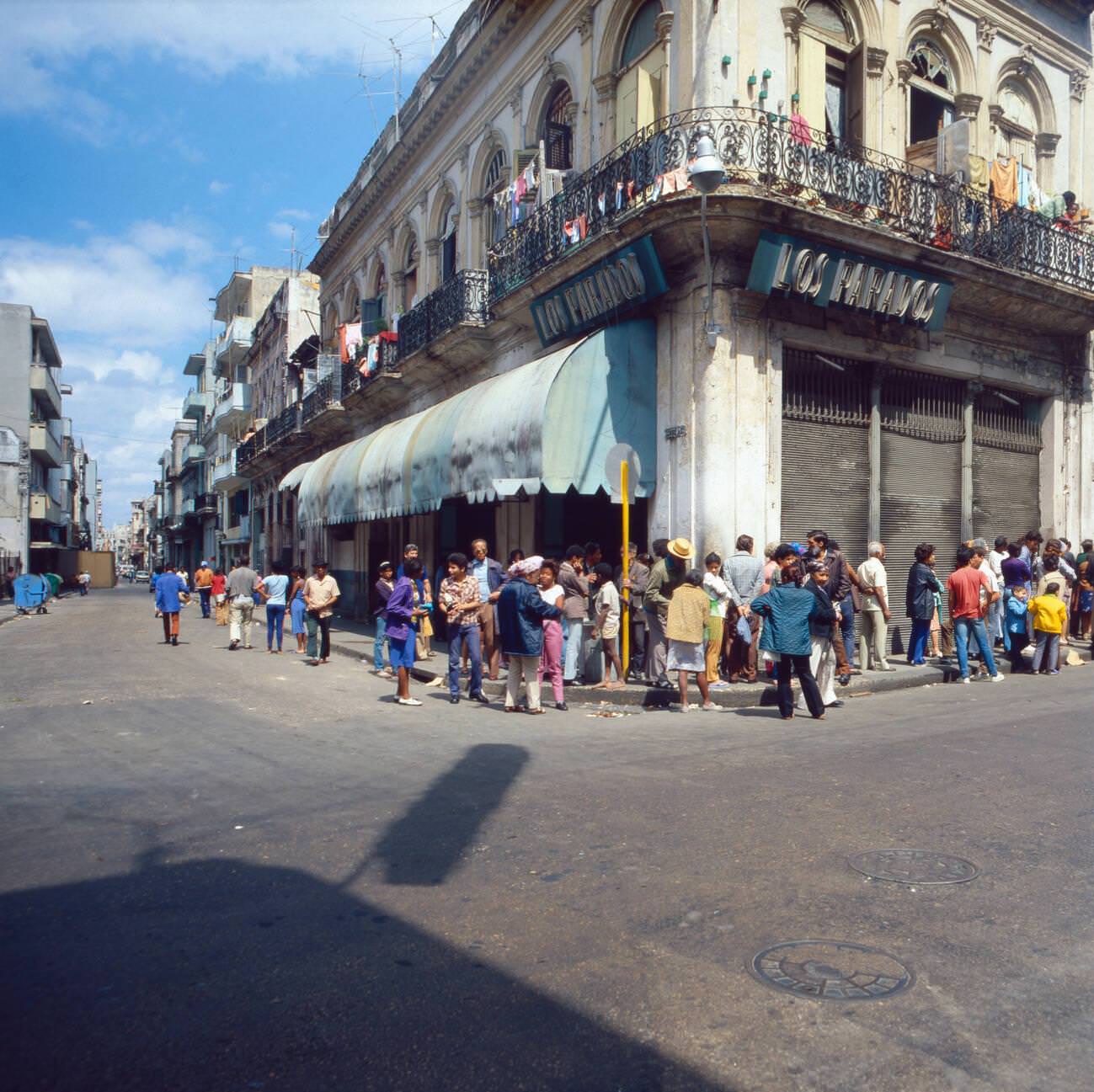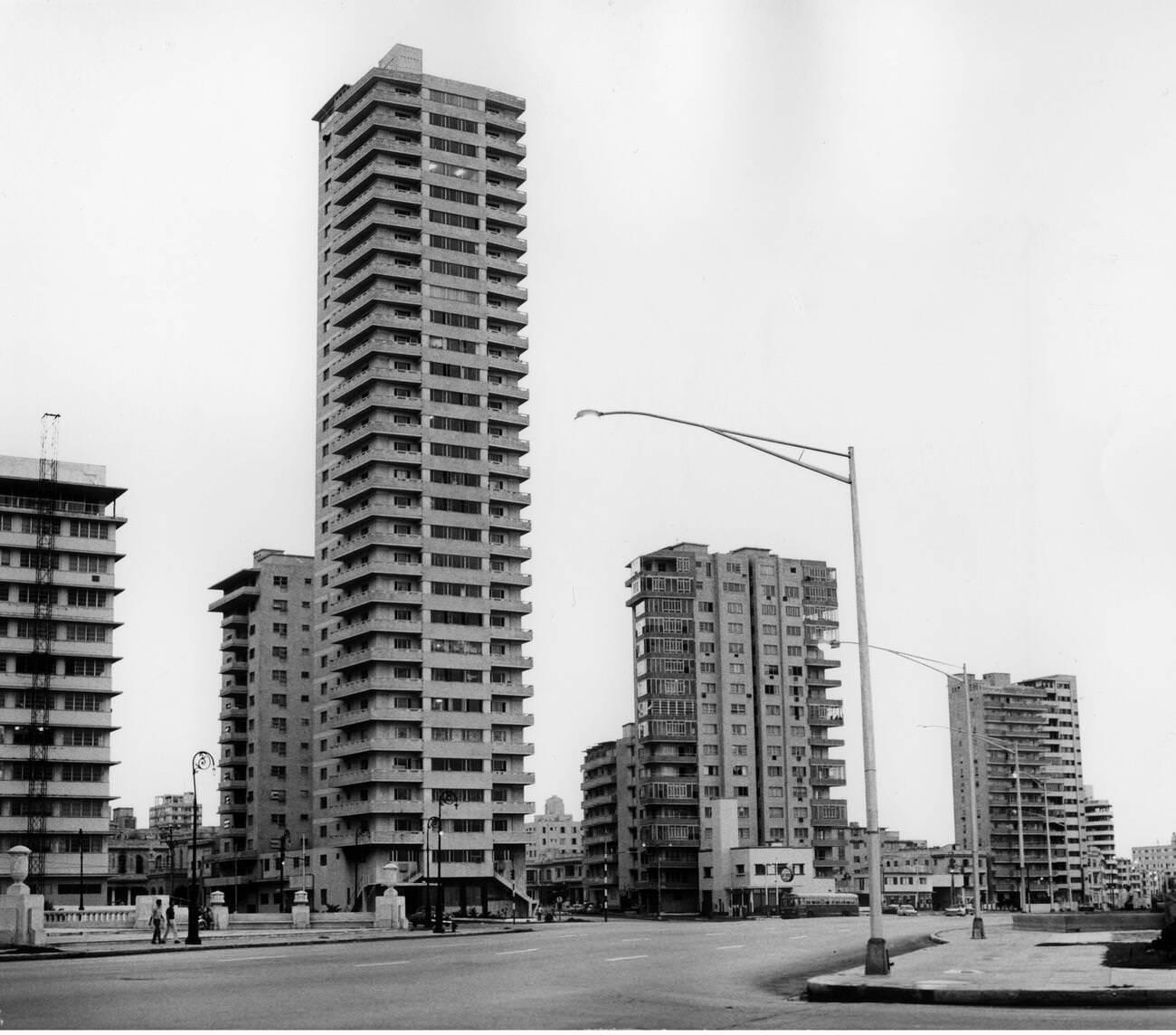The 1970s was a time of significant change for Cuba, as the country continued to navigate the complexities of life under Fidel Castro’s revolutionary government. As a socialist state and ally of the Soviet Union, Cuba received significant economic support from the USSR during this decade. This assistance helped fund a range of social programs, including education, healthcare, and housing, which contributed to improved living conditions for many Cubans.
Despite the political and economic challenges, Cuban culture flourished in the 1970s. The decade saw a surge in artistic expression, with Cuban music, dance, and visual arts gaining international recognition. The Afro-Cuban sound, blending traditional African rhythms with Cuban flair, took center stage, with musicians like Irakere and Los Van Van creating a new and irresistible sound that captivated audiences both at home and abroad.
In the world of dance, Cuban ballet gained worldwide acclaim under the leadership of Alicia Alonso and the Ballet Nacional de Cuba. The company’s unique blend of classical ballet and Cuban cultural elements garnered praise and admiration from critics and audiences alike, putting Cuba firmly on the global dance map.
The 1970s also saw a rise in Cuban cinema, with filmmakers like Tomás Gutiérrez Alea and Humberto Solás pushing the boundaries of storytelling and exploring the complexities of Cuban society. Films such as “Memories of Underdevelopment” (1968) and “Lucía” (1968) offered powerful and thought-provoking insights into the Cuban experience, showcasing the island’s vibrant culture and resilient spirit.
During this decade, Cubans also embraced sports as a symbol of national pride. Athletes like Alberto Juantorena and Teófilo Stevenson emerged as international stars, winning Olympic gold medals and putting Cuba on the world stage in athletics and boxing, respectively.
Of course, life in Cuba during the 1970s was not without its challenges. Food shortages, economic difficulties, and political tensions with the United States were ever-present concerns for the Cuban people. Nevertheless, the resilience and resourcefulness of the Cuban people shone through, as they continued to adapt and find ways to thrive despite these hardships.
In many ways, the 1970s was a defining decade for Cuba. The country’s rich culture, artistic achievements, and indomitable spirit demonstrated to the world that, despite political and economic obstacles, the Cuban people remained strong and vibrant. So, as we look back on this fascinating period in Cuban history, let’s raise a glass to the enduring spirit of Cuba and its people – a spirit that continues to inspire and captivate the world today. Hasta la próxima, amigos!


